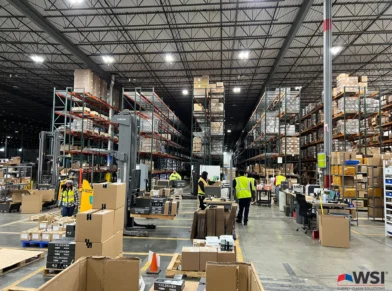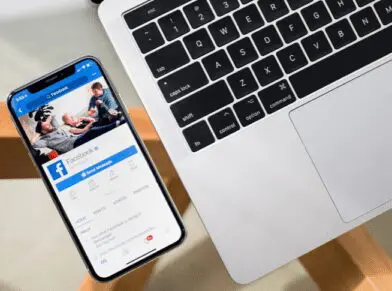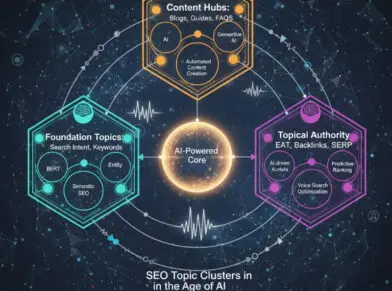MUST KNOW PAID SEARCH STATS AND TERMS

PPC could easily be rebranded to PTP – pay to play. That’s where online advertising is and has been heading for the past few years. But succeeding in this digital playing field is more than a roll of the dice. This is a game of strategy.
If you’re ready to run successful PPC campaigns, let these terms get you up to speed. If you’re still on the fence, let these paid search stats do the convincing.
PPC Terms
Good game players know they have almost zero chance of being a worthy component if they don’t fully understand the premise. Though there may be many routes to winning, you first need to make sure you’re speaking the same language.
This glossary of PPC terminology can help.
AdGroup: Manually created subdivisions of the same overall campaign. Each can be set up and sorted by themes such as product type or keywords.
Average CPC: Is the average of what it costs you every time a user clicks on your ad. This figure is the cost of your ad divided by the number of clicks in a set timeframe.
Bounce rate: Users who land on one page of your site and leave it immediately make up your bounce rate percentage. The lower this number, the better.
Broad Match: PPC ads that are shown to a user based on their search and your targeted keyword.
Click-through-rate (CTR): A percentage showing the number of times your ad has appeared to users in relation to the number of times that same ad has been clicked. A high CTR means your copy and keywords are resonating with users. Lower CTRs require some investigating into the user’s behavior and effectiveness of your ad.
Daily Budget: An amount you feel comfortable spending on PPC ads each day.
Geo Targeting: Target areas at the country, state, and zip code level that you want your ad shown to.
Impressions: How often your paid search ad shows up online. These are usually higher than your click through rates, but with repetition and time, they can help spread brand awareness.
Keyword: The word or phrase a user searches for that also aligns with your products and services.
Remarketing: Ads that appear to a user who has previously landed on your site. Ads can be further targeted based on the portion of your site they viewed.
Once you’ve committed these ABCs to memory (or bookmarked the page to refer back to), we recommend brushing up on the paid-per-click statistics that can help make you a better marketer.
2019 PPC Stats
According to Invesp the average person is served over 1,700 banner ads per month, but only half of them are ever viewed. This is just one example of a statistic that can put paid search into perspective and help you shape your strategy accordingly.
Here are 10 others we think are worth noting as you continue on your PPC pilgrimage.
- 3.5 billion Google searches are made every day. (Internet Live Stats)
- Businesses make an average of $2 in income for every $1 they spend in AdWords. (Google)
- Search ads can increase brand awareness by 80 percent. (Google)
- The top 3 search results get up to 35% more clicks than their first page competitors. (SmartInsights)
- By 2019, mobile advertising is expected to represent 72 percent of all U.S. digital ad spending. (MarketingLand, 2018)
- 33 percent of internet users find display ads completely intolerable. (Adobe)
- Consumers are 27 times more likely to click on online video ads than standard banners. (CMO)
- When local search ads (LSAs) are present, 25.3% of all clicks are on paid results. (Bright Local)
- Roughly a third of all mobile Google searches are related to location. (Blue Corona)
- The average cost-per-click on Bing is $1.54 and the average CPC on Google is $2.69
Key takeaways include: advertising with location, location, location in mind. Running PPC campaigns on the less competitive and cheaper, Bing. And utilizing video to make your pitch.
So there you have it. Think of your paid search ads as pawns in a battle of wits. It’s your goal of increasing conversion rates verses their discerning attention.
Need a little help putting your campaign together? Let us do the work for you!



















